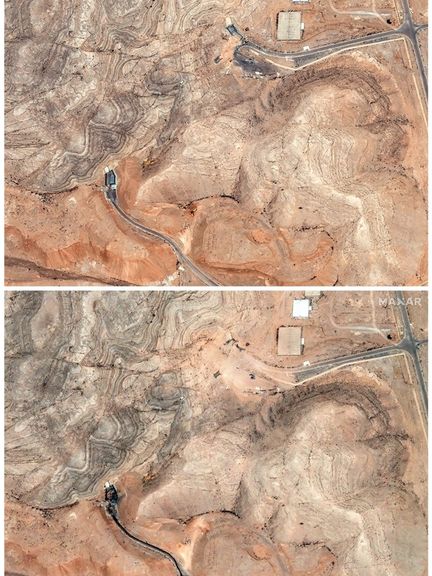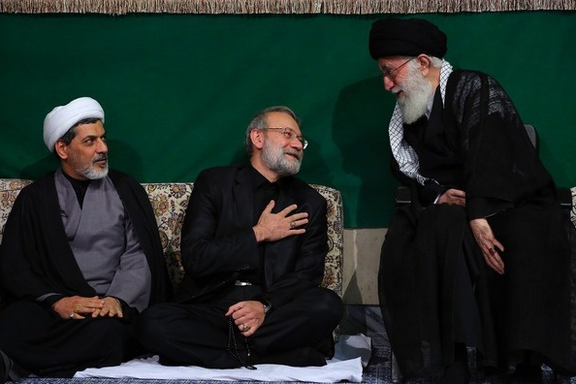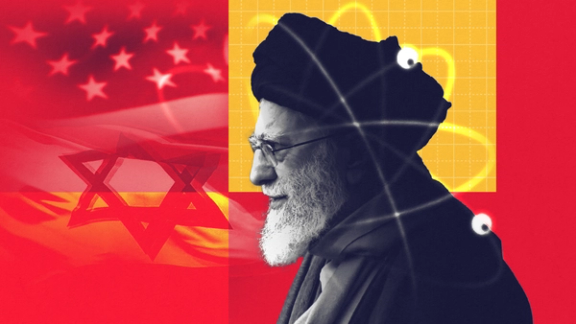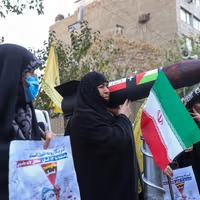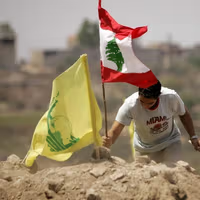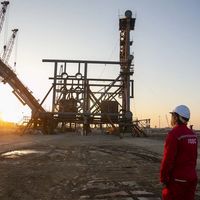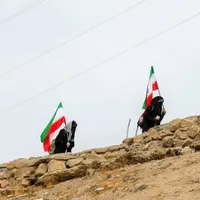Iran's establishment is disoriented, humiliated and prone to fight back by asymmetric means now that its conventional military and regional allies have been so thoroughly degraded, said Doran, a senior fellow at the Hudson Institute thinktank.
“They're like a boxer that's been punched in the nose, fallen down on his knee on the mat, but he's getting up … they'll start assassinating people,” Doran said.
In an interview with Eye for Iran, Doran said that while Iranian officials publicly declared victory after US and Israeli strikes on its nuclear facilities, behind closed doors the Islamic Republic is in crisis.
Its most powerful military sites were struck. Its deterrence was shattered. And now, it is left with few options but through covert attacks and regional destabilization.
Supreme Leader Ali Khamenei, he added, still does not understand the full extent of Tehran's losses. “Nobody wants to be the bearer of bad news... everybody lies to their superior,” Doran said.
Doran said Tehran will turn to tactics it has long relied on including assassinations and reliance on proxy groups across the region.
Rights groups have for decades accused Tehran of killing dissidents abroad and four members of Iran-backed Hezbollah in Lebanon were indicted by an international tribunal for their alleged role in killed a former prime minister, Rafic Hariri.
“They're going to look for those lines of fissure and see where they can cause trouble,” he said. “Assassination, intimidation ... that's the program always.”
After the 12-day war, Iran is again trying to fracture emerging regional cooperation, Doran said, adding that Tehran may target figures in Lebanon, Syria or elsewhere to advance its battered interests. Doran served as Senior Director for Near East and North African Affairs at the National Security Council and later as Deputy Assistant Secretary of Defense under President George W. Bush, where he helped shape US strategy on Iran and the broader Middle East.
“If the Lebanese start moving toward normalization with Israel, they'll assassinate somebody,” he said. “They’ll assassinate al-Sharaa in Damascus,” Doran added, referring to Syria's de facto leader, an opponent of Iran.
Despite recent rhetoric about diplomacy, Doran believes US President Donald Trump remains committed to preventing a nuclear-armed Iran. “He knows that the guys across the way from him are nasty people, nasty thugs,” he said.
As Tehran regroups, Doran said the United States must maintain its pressure.
“Don't remove the sanctions,” he warned. “Iran is weak ... but they still know those techniques. And I expect them to use them.”
You can watch the full episode of Eye for Iran on YouTube or listen on any major podcast platform like Spotify, Apple, Amazon Music and Castbox.

